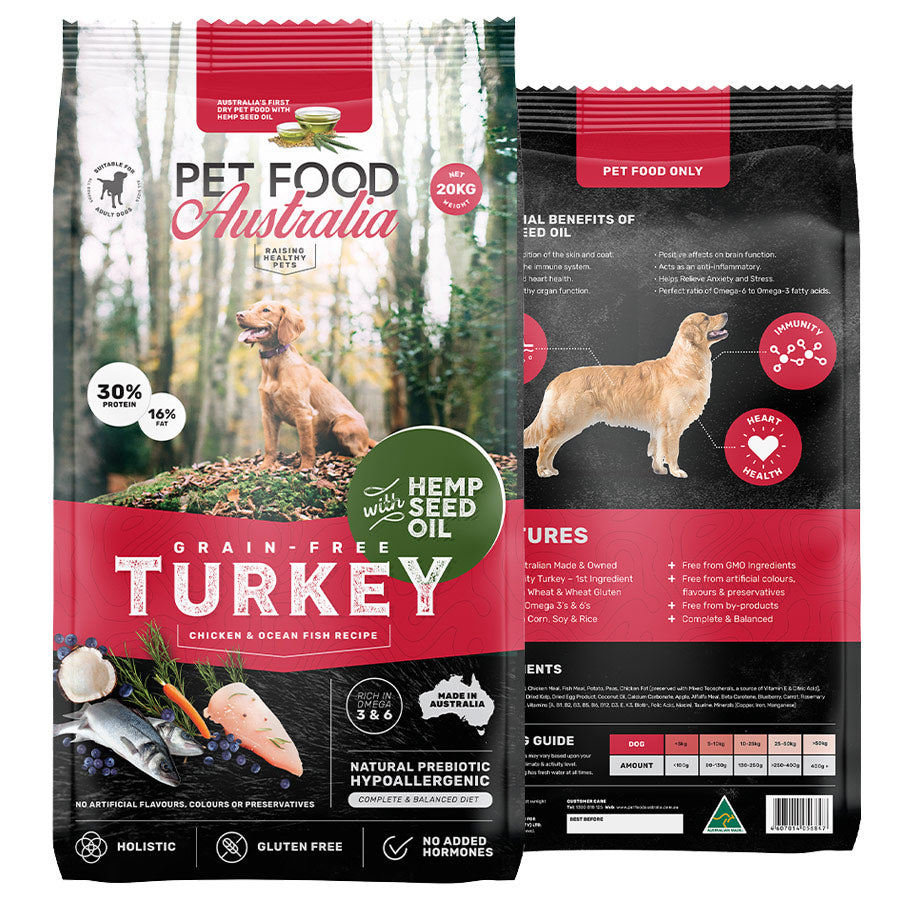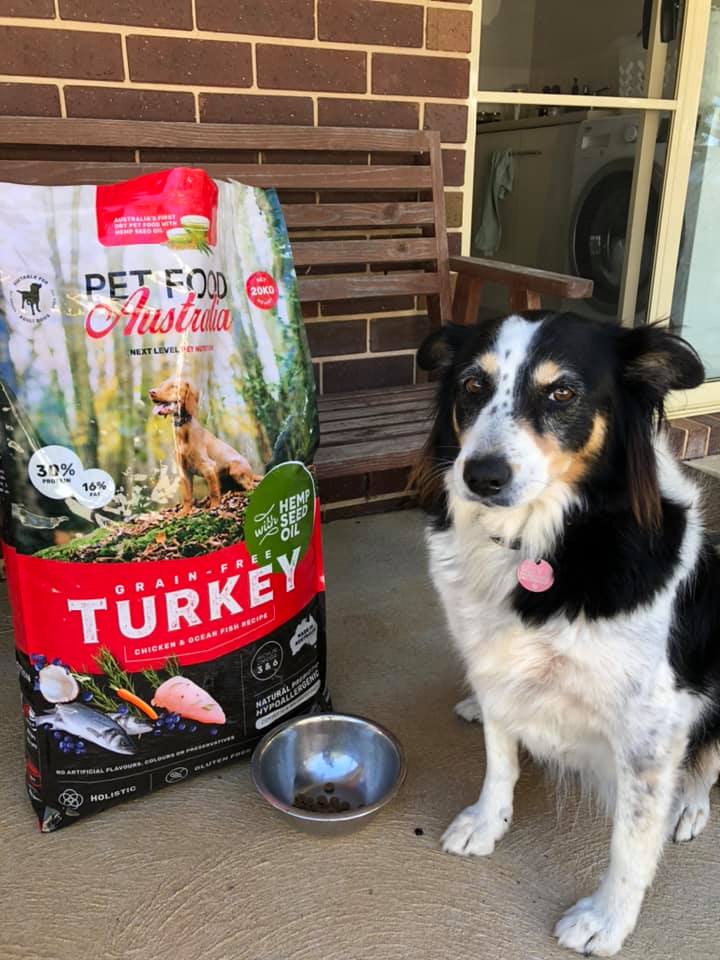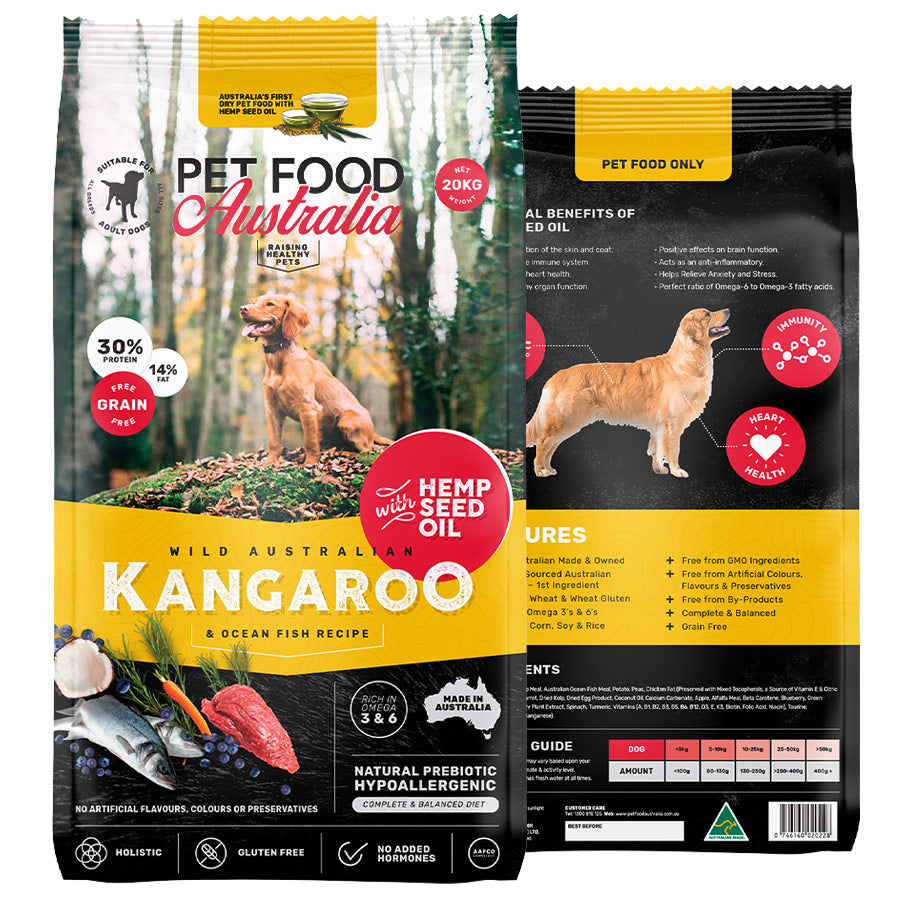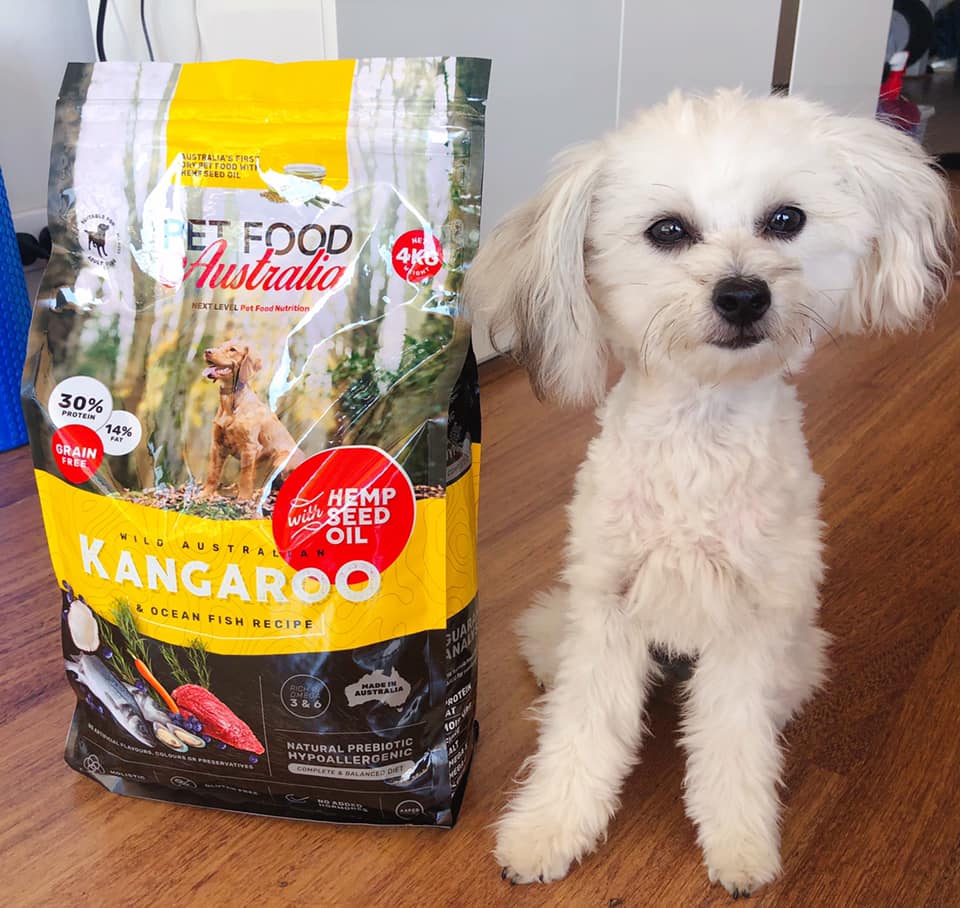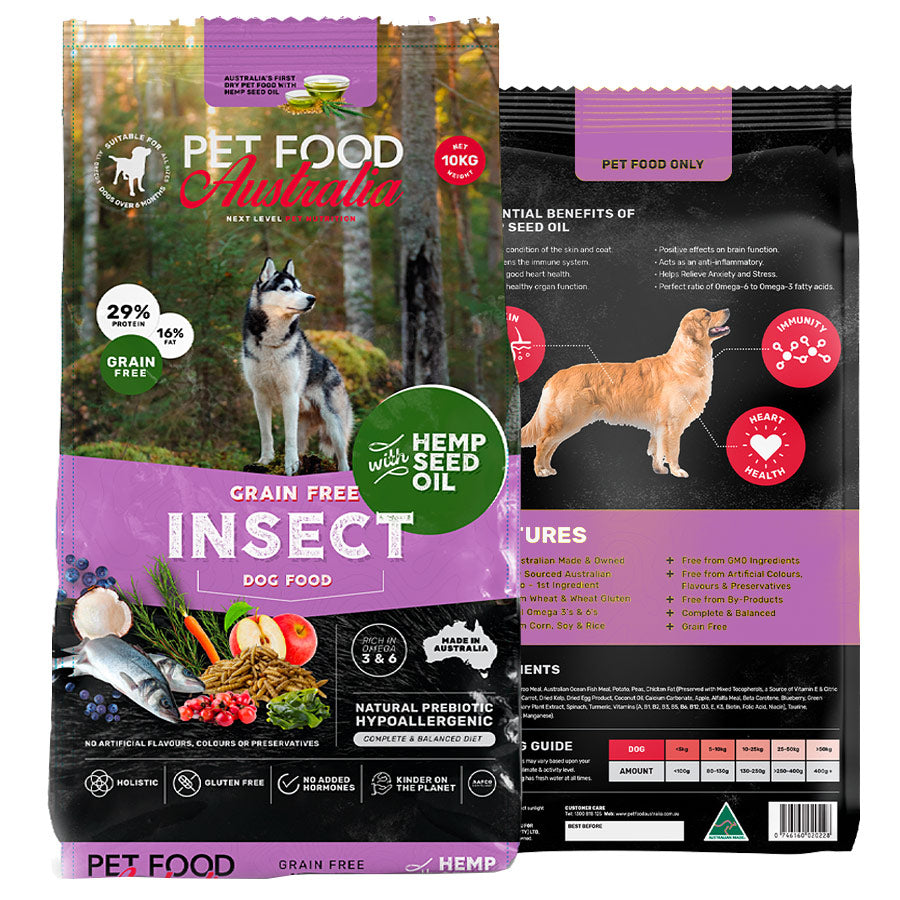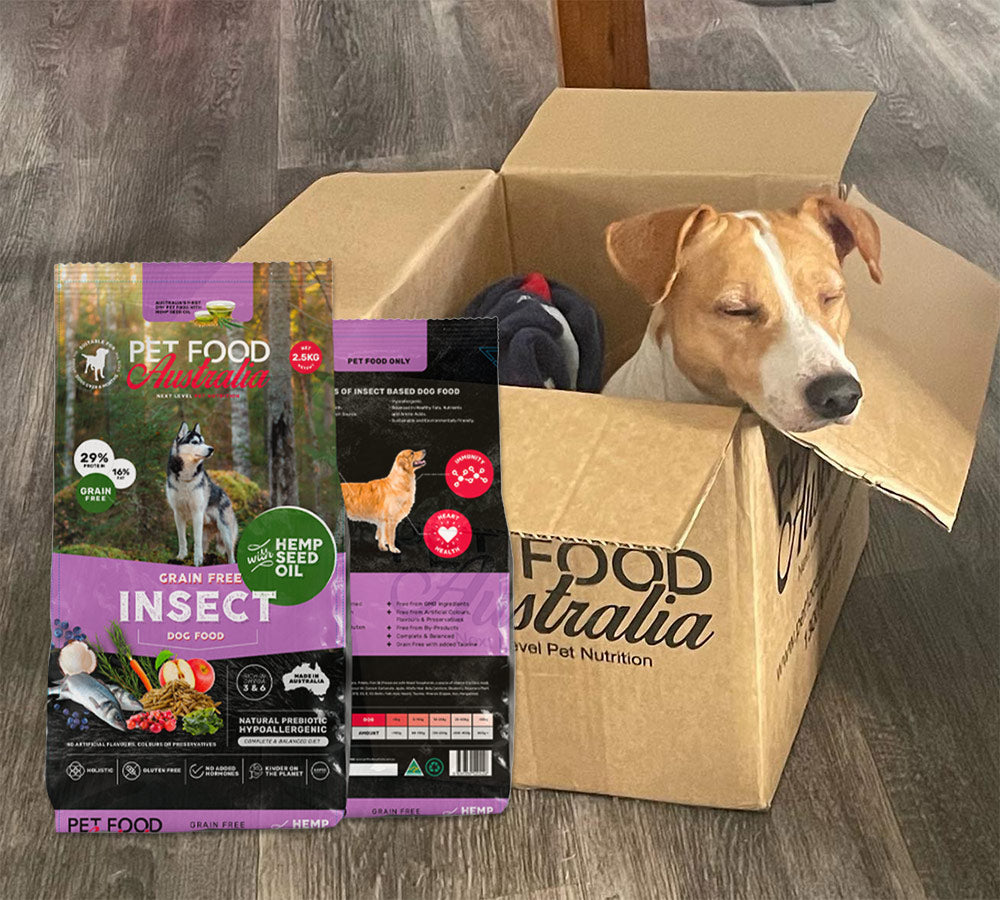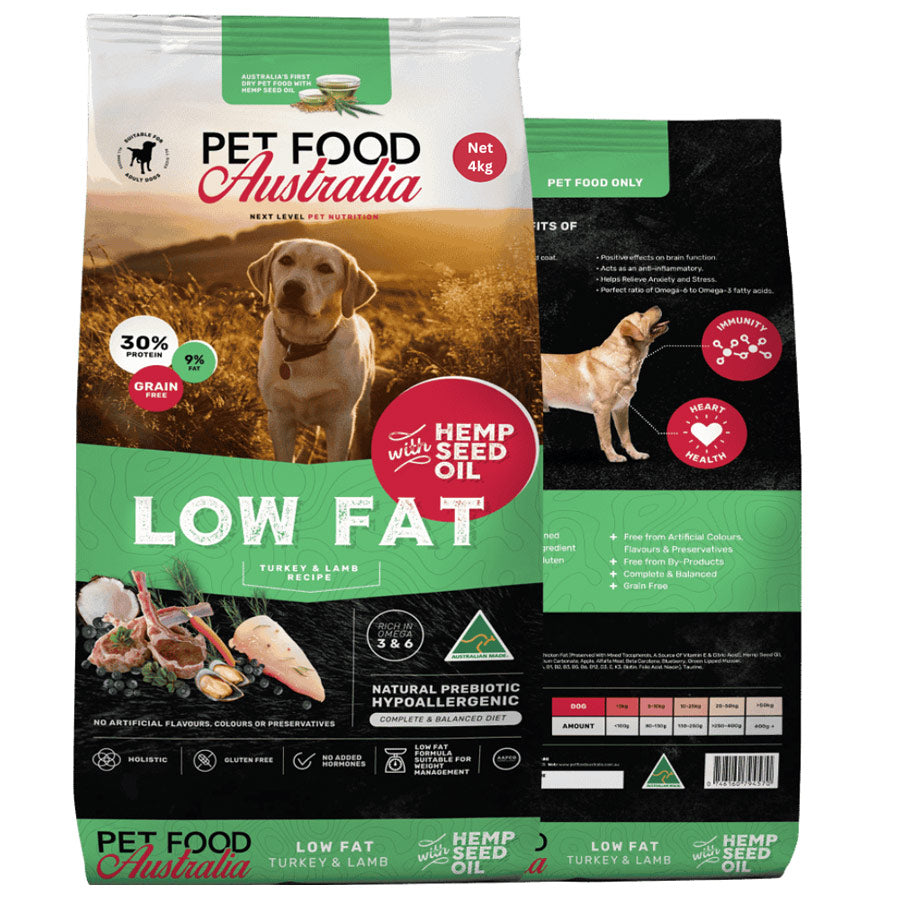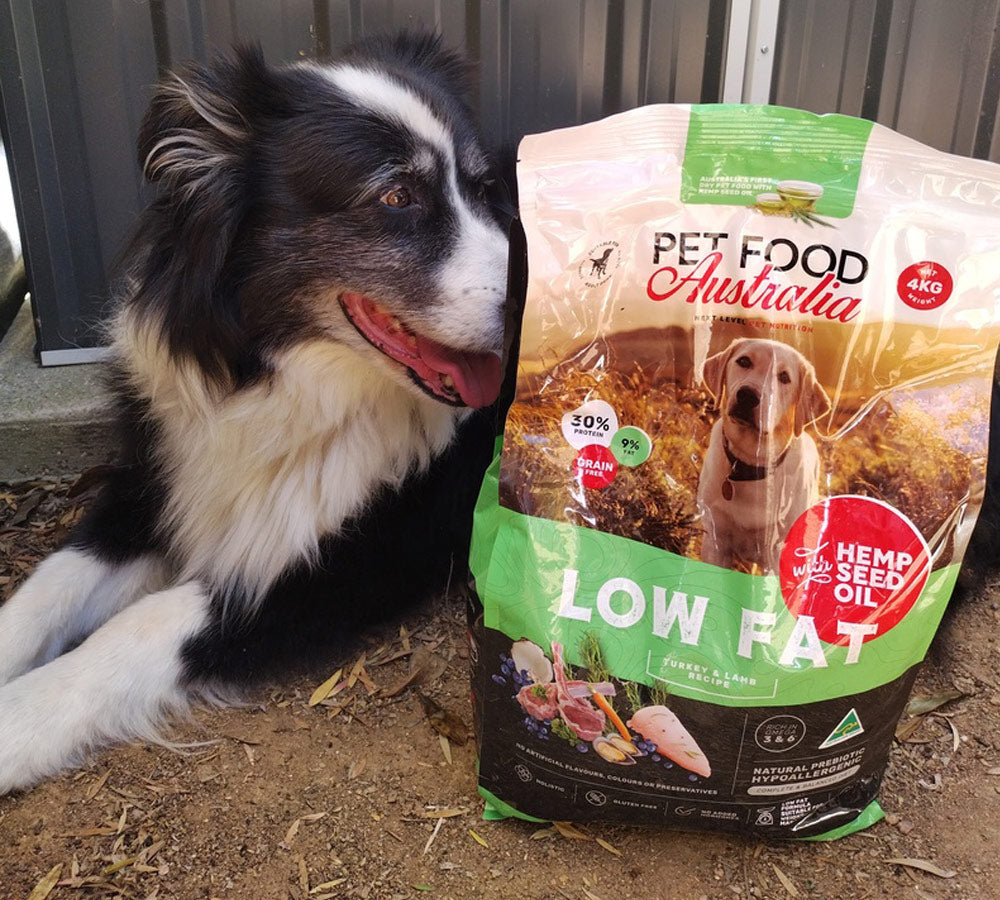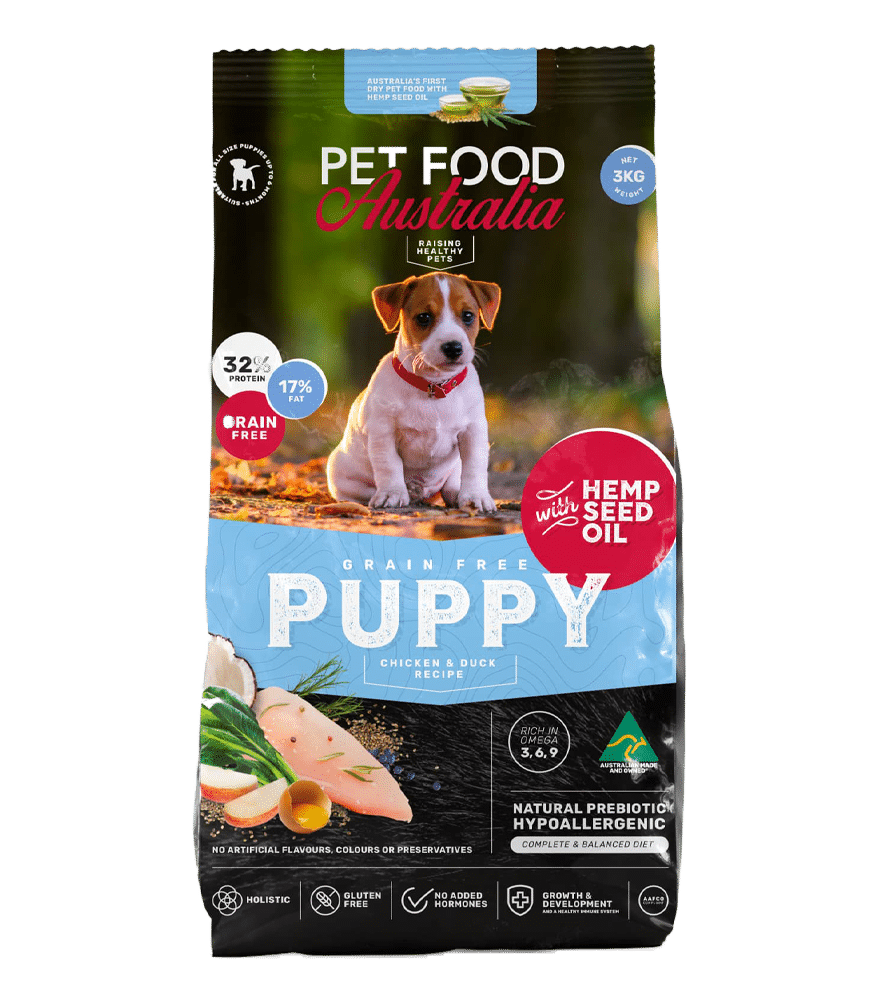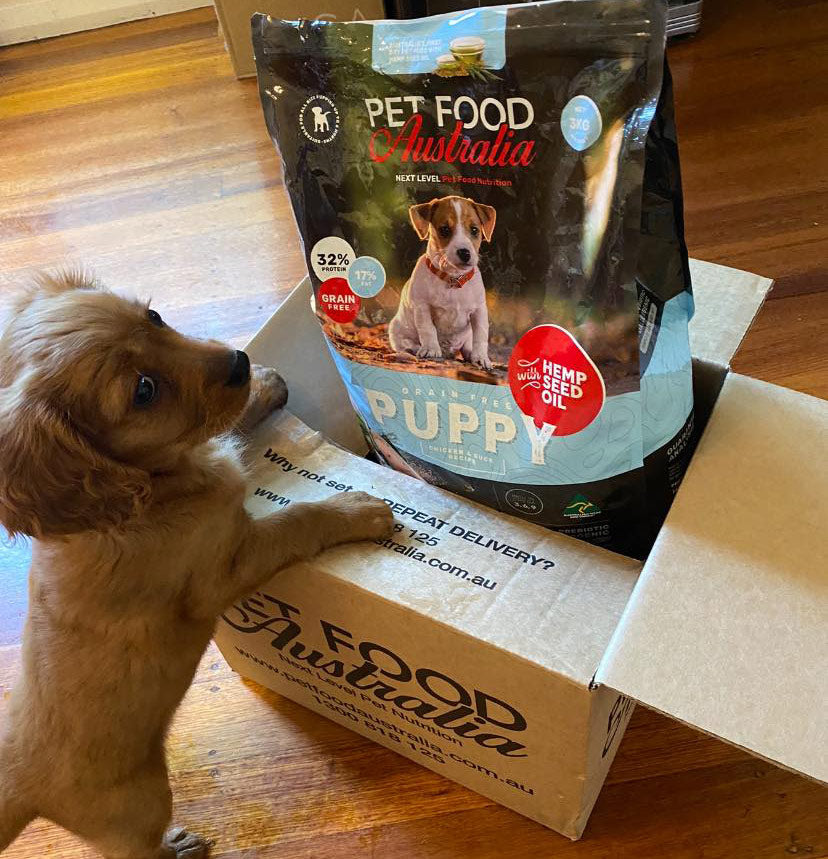Transitioning Between Pet Foods Safely: A Step-by-Step Guide for Sensitive Tummies

Think humans have sensitive stomachs? Try switching your pet's food overnight and see how dramatic they can be.
We realise that sometimes changing your pet's food is necessary. Maybe they're entering a new life stage, developing new dietary needs, or you've actually done some research on pet food ingredients and decided to not partake in meat meal, grain-filler and artificial cr*p. Or maybe your pet is just over its current food. No matter the reason, going cold turkey on their current food is a recipe for a very unimpressed (and possibly very gassy) pet.
Those who have been there will already know that transitioning to a new pet food too quickly can lead to quite a variety of unpleasant side effects. Think upset tummies, picky eating, lethargy, and... accidents that no one wants to clean up.
Why You Need to Take It Slow

Your pet's digestive system is a delicate little ecosystem. It's full of bacteria (the good kind) that help them break down food and absorb nutrients. When you suddenly throw a brand new food into the mix, their gut doesn't always know what to do with it. That's when things start to go sideways — literally and figuratively.
The goal of a slow transition is to give your pet's gut time to adjust to the new ingredients without throwing everything out of whack. It's not just about avoiding diarrhoea or gas (though that's reason enough). It's about ensuring their body can properly digest and benefit from the new food you're offering them so lovingly.
How to Transition Your Pet's Food: The 7-Day Plan

The easiest way to switch is by mixing the new food with the old food over a week. Here's the basic breakdown:
-
Start with 75% old food and 25% new food for the first couple of days.
-
Then, shift to a 50/50 mix around day three or four.
-
By day five or six, you're looking at 75% new food and 25% old.
-
On day seven, you can fully embrace the new material.
Now, this isn't a strict science. Some pets fly through it with no issues. Others might need ten days or even two weeks, especially if they've got sensitive tummies. Follow their lead — they'll tell you if it's going too fast.
Keep an Eye on the Signs

As you're making the switch, watch how your pet responds. If they're still eating happily, have normal energy, and their poos look pretty standard — you're in the clear. However, if things seem a bit off (such as loose stools, loss of appetite, low energy, or increased clinginess), it's a sign that you might need to slow down.
No need to panic. Pause, go back a step in the transition ratio, and give their system a little extra time to settle.
A Little Extra Support Never Hurts

If your pet seems a little off during the change, there are a few simple things you can try to help them out.
A spoonful of plain pumpkin (no spices, please) can help keep things moving in the right direction. Bone broth can make meals more tempting and gentle on the gut. And probiotics? Gold. They support the good bacteria that are working overtime during this transition.
And don't forget the basics — clean, fresh water and a calm mealtime routine can go a long way toward helping them adjust.
So, When Should You Actually Switch Pet Foods?

There's no one-size-fits-all rule here. Maybe your puppy is growing up and ready for adult food. Maybe your senior dog needs a formula with joint support. Or perhaps you're just done with filler-heavy supermarket options and want something that actually supports your pet's health.
Whatever your motivation, changing your pet's food can be a great move — as long as it's done with care.
Transitioning your pet's food is about more than just what goes in the bowl. It's about tuning in to their needs, listening to what their body is telling you, and giving their digestive system the respect it deserves.
Take it slow. Watch for changes. Don't be afraid to pause and adjust.
And when you're ready to upgrade to something made with real ingredients and no nasty stuff — Pet Food Australia is here for it.
Our recipes are crafted with your pet's wellbeing in mind, including options that are gentle on the tummy, grain-free, and made right here at home.
When you know better, you feed better. And your pet? They'll thank you with more energy, fewer accidents, and a whole lot of gas-free cuddles on the couch.




